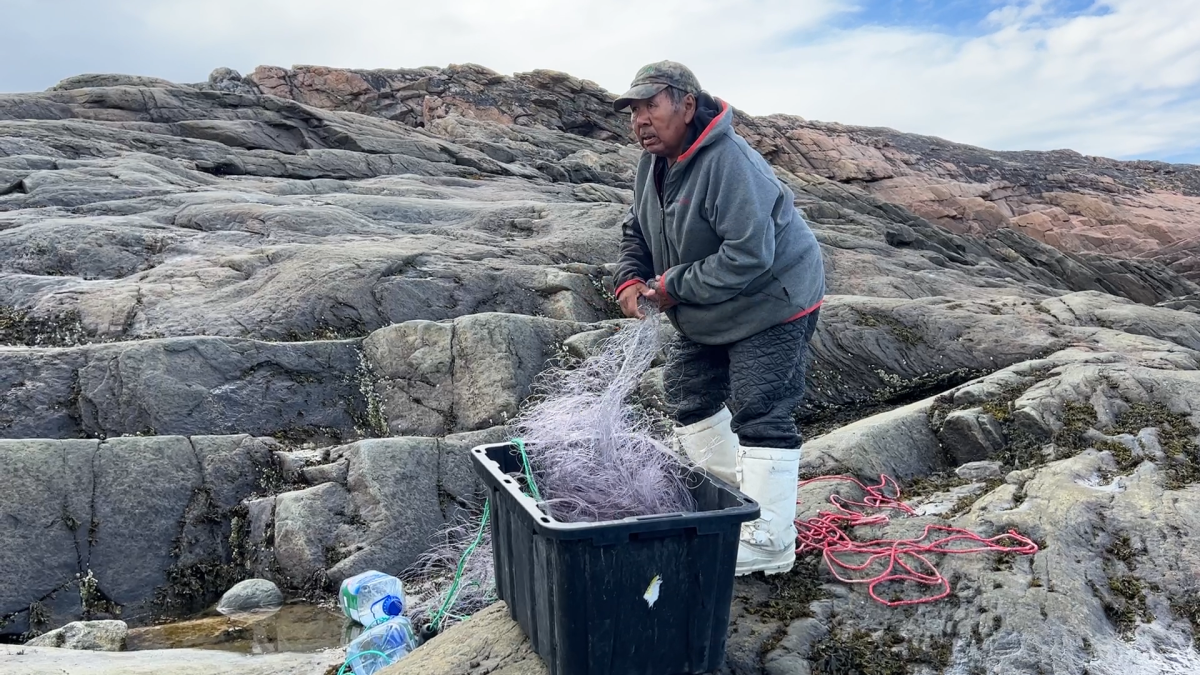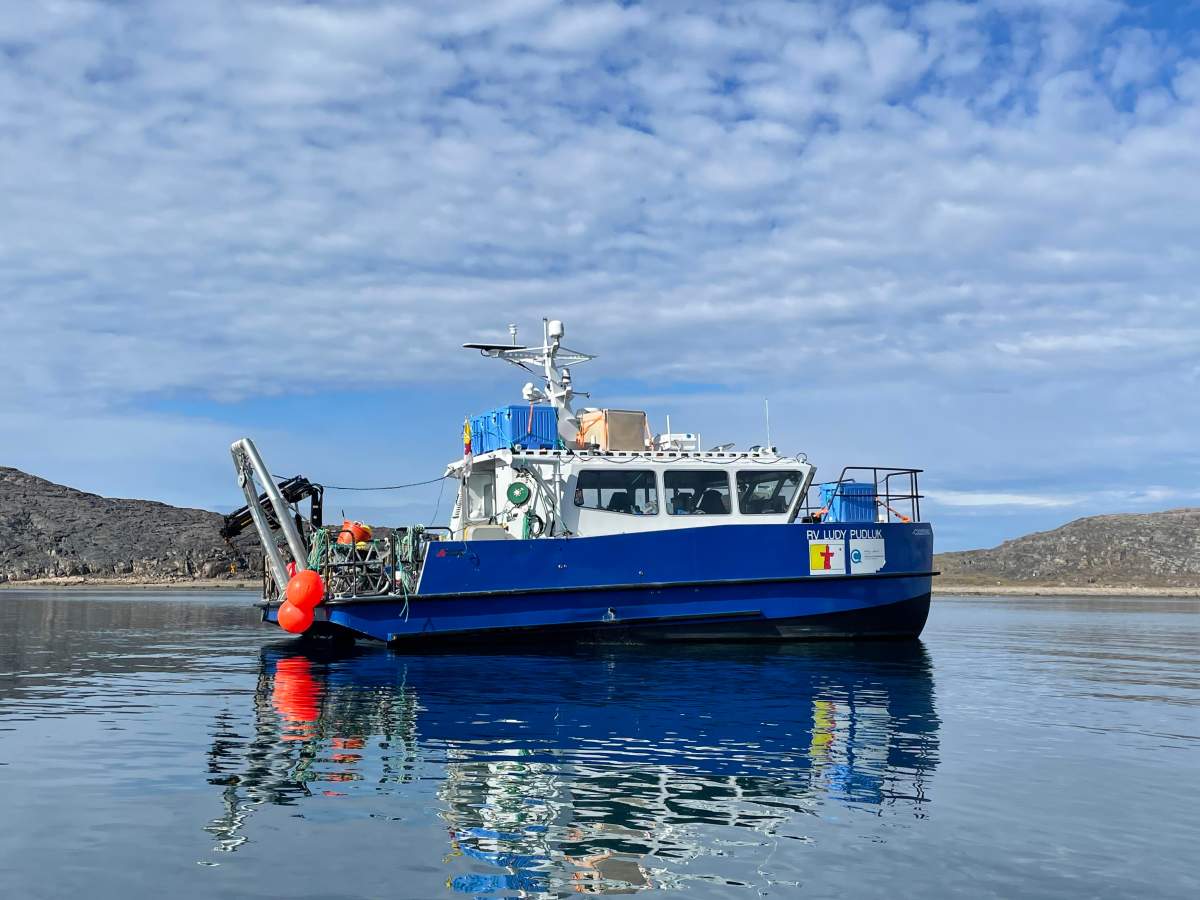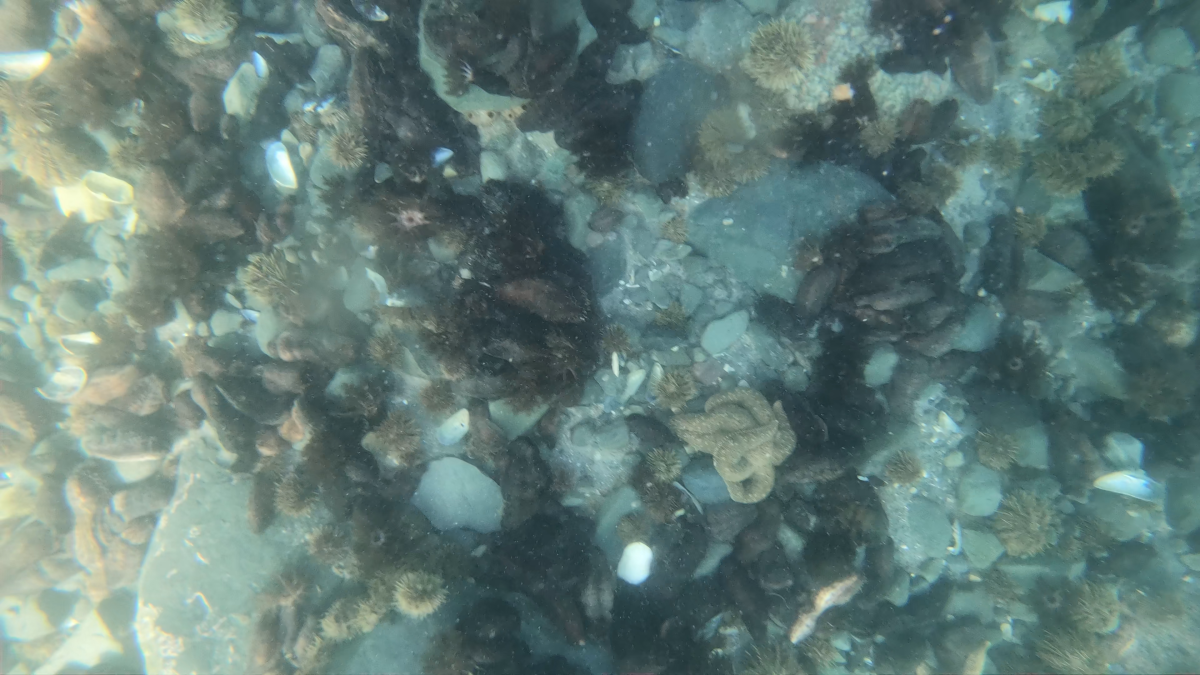If you thought food prices were out of control in your hometown, try grocery shopping in the North.

Record high inflation is sending food prices soaring to new heights in Canada’s northernmost communities, prompting local hunters and fishermen to take drastic steps to address the growing need.
“It’s very expensive – gas, even the price of hunting equipment is going up,” said Kowmagiak Mitsima, a fisherman in Iqaluit.
Mitsima grew up fishing for Arctic char, beluga whales and seals in the Sylvia Grinnell River. Whatever they couldn’t eat themselves, they would share with friends and extended family.
“Some of them don’t have any hunters in the family and some of them are elders,” he told Global News. “We share a lot. And I’m not the only one — a lot of other hunters do that.”
But that longstanding Inuit tradition of sharing one’s catch has fast become a lifeline for Mitsima’s remote northern city.
Long before the current inflationary crisis, Iqaluit was already home to some of the most expensive food in the country. Its long, cold winters and short, cool summers produce limited vegetation and mean food must be shipped in from the south.
There are no roads or rail lines into Nunavut; goods can only reach communities by air or – when the Arctic Ocean thaws – by sea, resulting in significant fuel costs and subsequent sticker shock at local grocery stores.
Global News recently visited one Iqaluit food market to find some items being sold for two or even three times the national average. A 10-pound bag of potatoes costs about $15; it’s almost $22 for a kilogram of ground beef; and a four-litre jug of milk costs more than $8 — that’s $2 more than the national average.
As a result, Mitsima and other hunters now donate their excess meat to the Qajuqturvik Community Food Centre. The charity launched a Country Food Box program earlier this year, which provides donations of frozen meat — from Arctic char to caribou — alongside other food items. Compared to last year, demand for food donations in Iqaluit has doubled.
“So we have to look for other sources,” said Harry Flaherty, president of Qikiqtaaluk Corporation, an Inuit-owned development company.

Get breaking National news
To that end, Flaherty’s team recently acquired a $2.6-million research vessel to search for new inshore fishing locations. Named Ludy Pudluk, after the territory’s longtime politician and climate change activist who died in 2019, the catamaran was built with funding from several federal government agencies, including the Canadian Northern Economic Development Agency (also known as CanNor) and the Nunavut government.
Nunavut covers about 1.9 million square kilometres and makes up about 40 per cent of Canada’s coastline, but the territory’s inshore fisheries have long been been hampered by small profit margins, inadequate marine infrastructure and a dearth of baseline data.
Hoping to help fill that void, the research vessel was equipped with $1 million in marine research technology, including underwater cameras, a transducer that uses sound frequencies to collect data, and cages that can drop to depths of 300 metres.

Combining that cutting-edge technology with traditional knowledge, Ludy Pudluk set sail for the first time last year from St. John’s, N.L., to map the ocean floor in Nunavut’s Qikiqtani region, scouring the uncharted seabed in search of new inshore fishing locations.
“What we saw was unbelievable,” Flaherty said.
On the seabed, they discovered an abundance of marine life: from sea urchins and sea cucumbers, to scallops and shrimp, to clams and cod. Local fishermen had seen the species for years inside the stomachs of whales and seals in the region, but never knew where they came from.
“We were very pleasantly surprised,” said Jerry Ward, director of fisheries at Qikiqtaaluk Corp. “Even though we knew a lot of the species were there, we certainly didn’t visualise or have any idea as to the quantity.
“It’s a tremendous resource. This will add significantly to the diet of the various communities.”
The coordinates will be shared with local communities, so they can be fished sustainably, in hopes of providing a new food source to meet the growing need. Ward says they’re collaborating with local hunters and trappers associations and training Inuit in the region to conduct the research themselves, hoping the findings will create new sources of food as well as new jobs.
“This could be a complete game changer for the development of inshore fishery.”














Comments